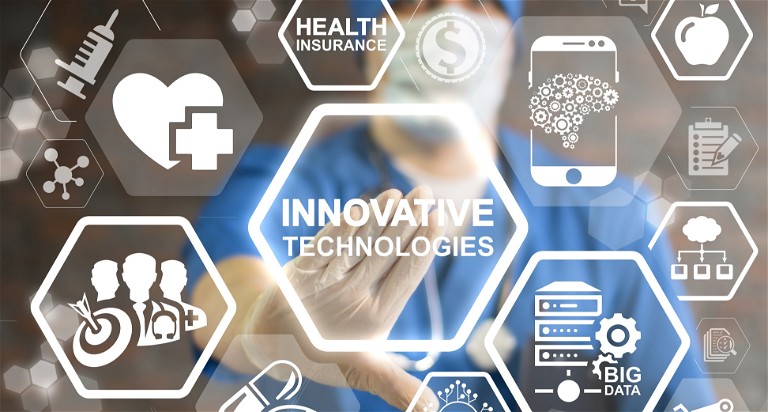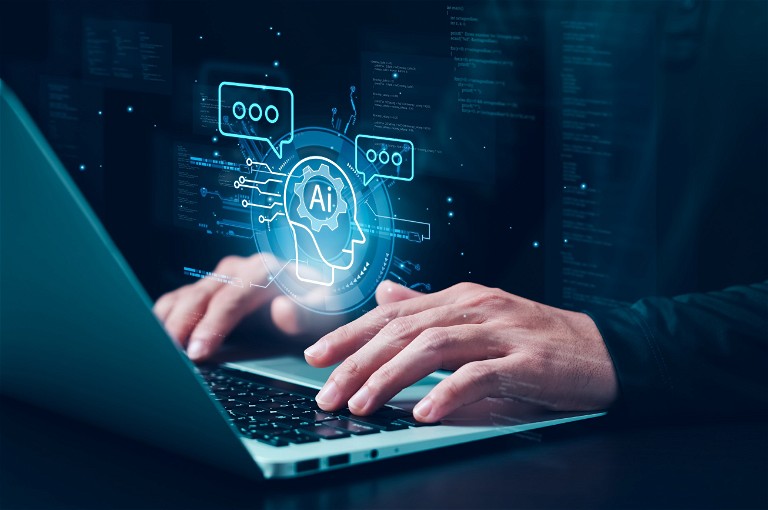Industry Insight
Gen AI and pharma: the future is now
Alex Devereson and Delphine Zurkiya from McKinsey consider the value of generative AI in the pharma industry

The potential is huge – up to $110bn in additional economic value – and the practice is beginning to follow. That is the conclusion of recent research on generative artificial intelligence (gen AI) in the pharmaceutical industry. The question is how to turn that potential into purposeful action that creates value and, more important, improves lives.
Given all the excitement around gen AI, the risk is that companies shoot off into pilot purgatory, spending time and money on many initiatives to little effect. To start, then, it may make sense to identify a couple of high-potential, low-disruption areas to rapidly demonstrate value, while also building skills and reusable technical assets. But that is only the beginning, and even then, it is unproductive to simply pursue isolated use cases that are not changing a core business process. Instead, set an aspiration to completely change how a core process works and how decisions are made. The longterm goal must be to use gen AI to rewire entire domains.
Pharma leaders must figure out the right approach with their company’s specific strengths in mind. But in broad terms, there are three domains with the greatest potential.
Commercial relationships (projected annual value: $18bn to $30bn)
Pharma is about creating healing drugs at a competitive price and then getting them to the right healthcare providers so that patients can use them. Gen AI can help all along the way.
For example, marketers absorb lots of information, but without interpretation, information is inert; it doesn’t advance branding or strateg y development. Gen AI’s interactive capabilities can help marketers draw deeper insights from customer research, data on physicians and patients, policy changes, and legal and scientific developments. While gen AI may seem remote from patient care, it isn’t. For example, it’s a sad fact that many patients stop taking their meds. Gen AI can provide on-demand insights to patients and doctors about everything from reimbursement to side effects to alternatives to boost compliance. Well-designed self-service tools can help patients stay on track; other tools can generate insights for doctors and pharmacists to work on. All of this contributes to better outcomes.
Research and early discovery (projected annual value: $15bn to $28bn)
The average cost of bringing a new drug to market is $1.4bn.1 Gen AI could cut that in half, by improving productivity throughout the innovation cycle. Scientists spend a great deal of time just sorting through research and information; gen AI can be used to extract, summarise and analyse unstructured data. By using gen AI models built on data from medical-imaging techniques, scientists may be able to identify entirely new biomarkers. Or take in silico compound screening; through the use of advanced foundational chemistry models, gen AI could automate the preliminary screening of chemicals, reducing lead identif ication to weeks instead of months. When it comes time for testing, gen AI can help ‘simulate’ the many trials that are now necessary to determine how well a compound is likely to work and how safe it will be for different patient subgroups.

Clinical development (projected annual value: $13bn to $25bn)
Clinical trials are highly regulated and time-consuming. Gen AI addresses both pain points, without diminishing safety. Specifically, it can rapidly analyse vast quantities of structured and unstructured data, streamline clinical trial processes, draft trial documents and save money through better quality control and collaboration with health authorities. Just in terms of dealing with health authority queries from regulators, gen AI-enabled engines can go a long way toward drafting relevant responses and anticipating future queries. In addition, gen AI tools could generate an ‘80% right’ first draft of the clinical study reports that regulators require. To offer another example, data management today is very labour-intensive; gen AI can automate many of the steps and renew the information in real time.
These are far from the only ways that pharma can deploy gen AI. Its multimodal nature offers potential across the entire pharma value chain. Gen AI’s foundational models are built not just on language but also on images, omics, patient information and other types of data – and these are all required to explain and solve the processes of diseases. Gen AI can also be used to enable predictive maintenance and to smooth out supply chain wrinkles. It can even accelerate the creative design process. In short, there is no aspect of pharma where gen AI cannot play a productive role. Indeed, the benefits may be greater than for any other sector.
To use gen AI correctly, many conditions need to be met. For a start, if gen AI is to play its part in domain transformation, it needs to be linked to prof it-and-loss and concrete metrics for things that are normally difficult to measure (for example, the probability of success of a molecule or a trial). In addition, data architecture needs to be in place that can run both internal and external data sets. Priorities need to be set. Risks need to be identified and mitigated. New kinds of collaboration will need to be established, and organisations will have to reconsider skills development.
All of this needs to happen in a way that is fundamentally different from legacy tech transformations. Rather than building a road map that delivers an end-state technical architecture, data backbone and set of models in three years, the goal can be to deliver a viable product in 90 days, and then a more sophisticated version 90 days later, and so on.
None of this will be easy, but in a sense, it can’t be. Gen AI is not one more fix for specific problems; it is a once-in-a-century opportunity to change how pharma companies operate. It will be challenging, but integrating gen AI will also be worth the effort for those companies who commit to it – and to the health and well being of billions of people.
References
1. Visit: csdd.tufts.edu/

Alex Devereson is a partner at McKinsey’s London office. Alex advises biopharmaceutical companies and investors on innovation and growth through holistic R&D transformations and at-scale deployment of digital and analytics across the value chain.

Delphine Zurkiya is a senior partner at McKinsey’s Boston office. She is a leader in the firm’s global Life Sciences practice, and counsels medical device and healthcare technology companies to deliver above-market growth through business-model innovation, digital and analytics and commercial transformations.